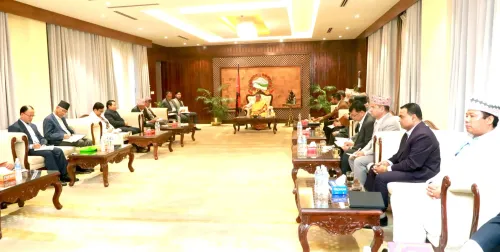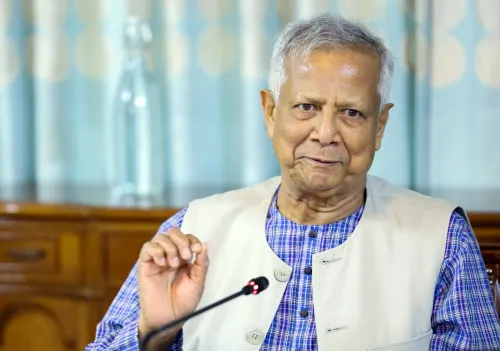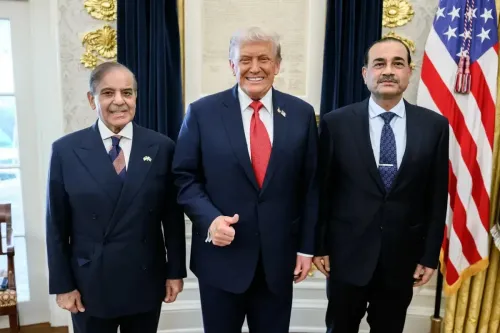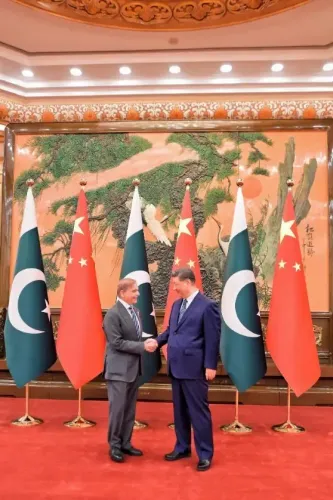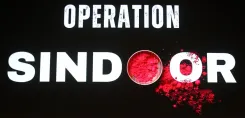Is European Union Trade Funding Russia's War Efforts?
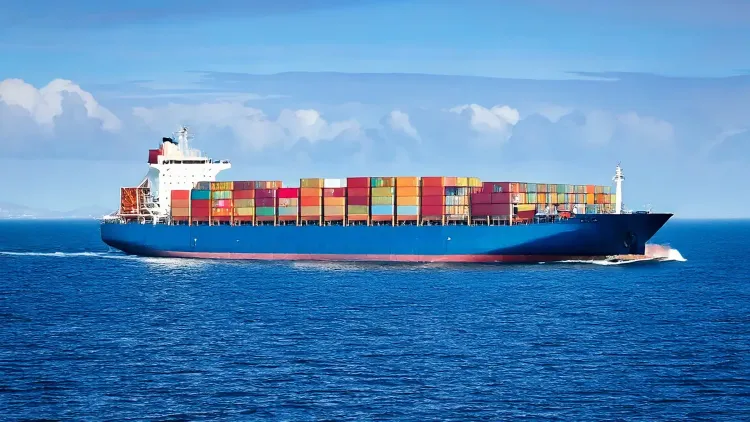
Synopsis
Key Takeaways
- Europe's trade with Russia continues despite sanctions.
- Energy imports from Russia have increased in some EU countries.
- Financial support to Russia remains substantial, exceeding aid to Ukraine.
- Trade persists in various sectors, including fertilizers and machinery.
- Policymakers face challenges in aligning economic strategies with ethical responsibilities.
New Delhi, Oct 21 (NationPress) Despite publicly proclaiming support for Kyiv, Europe’s ongoing trade with Russia, particularly in energy, continues to direct billions of euros into Moscow’s military initiatives. This situation raises significant concerns regarding the contradictory nature of Europe’s strategy, as highlighted in a recent report.
Analysis and data from 2025 reveal both declines and unexpected increases across various economic sectors, suggesting that Europe’s allies to Ukraine are inadvertently bolstering Russia’s capacity to sustain its military actions, as noted in an article by Anna Mahjar-Barducci published by the Australian Institute of International Affairs (AIIA).
Since Russia’s invasion of Ukraine commenced in February 2022, the European Union (EU) has enacted sanctions targeting Russian industries, financial institutions, and individuals. These measures aimed to curtail Russia’s ability to fund the war and support Ukraine.
As reported by Euronews, between early 2022 and mid-2025, imports from Russia plummeted by approximately 86–89 percent, while exports to Russia diminished by about 58–61 percent.
However, the article points out that the reality is more complex. According to Reuters, in the first eight months of 2025, seven EU member states increased their energy imports from Russia compared to the previous year.
During this timeframe, the European Union collectively purchased over 11 billion euros worth of Russian energy, with France’s imports surging by 40 percent (reaching 2.2 billion euros) and the Netherlands’ imports escalating by 72 percent to 498 million euros. Belgium, Croatia, Romania, and Portugal also saw increases in their imports (Belgium 3 percent, Croatia 55 percent, Romania 57 percent, Portugal 167 percent). Hungary, which has stated it will not supply weapons to Ukraine and has declined to participate in arms transfers, reported an 11 percent year-on-year rise.
These countries, many of which publicly advocate for Ukraine, remain significant consumers of Russian oil and gas, often utilizing existing infrastructure such as the Druzhba pipeline, the article highlights.
Several factors contribute to Europe’s ongoing, and sometimes increasing, imports. One reason is that Russian liquefied natural gas (LNG) arriving at EU terminals is often redistributed, with the gas sometimes reaching France or Spain, only to be redirected to buyers elsewhere within the bloc.
Moreover, even though maritime imports of Russian crude have been largely prohibited, pipeline deliveries and indirect shipments via “shadow fleets” and third-party intermediaries enable Russia to circumvent restrictions and maintain profits, according to the article.
Since the onset of the war, European payments for Russian energy have totaled over 213 billion euros, providing Moscow with steady revenue even as overall reliance declines. In 2024, EU imports of Russian fossil fuels exceeded the bloc’s financial assistance to Ukraine, with purchases surpassing 18.7 billion euros while direct support to Kyiv lagged behind. The Center for Research on Energy and Clean Air (CREA) labeled this phenomenon as “a form of self-sabotage,” asserting that Russian energy revenues remain the single largest funding source for the war.
The dynamics of this economic relationship are intricate. Although energy (notably oil and gas) was previously the primary flow, other goods have persisted despite sanctions. In 2024, the EU exported approximately 31.5 billion euros in goods to Russia and imported around 35.9 billion euros. Trade persists in sectors such as chemicals, machinery, vehicles, and fertilizers.
Russia continues to be the EU’s largest supplier of fertilizer, with its share of extra-EU fertilizer imports rising from 28 percent in Q1 2021 to 34 percent in Q2 2025. These trends highlight that, even under sanctions, tariffs and regulations face limitations in curbing dependency in certain sectors.
Overall trade volumes with Russia have reached their lowest levels since 2002. While most member states have significantly curtailed economic interactions with Russia, some continue to import Russian energy at levels that sustain Kremlin revenue.
The uncomfortable reality is that European allies of Ukraine, in their efforts to balance energy needs and economic resilience, have inadvertently enabled Russia to endure much of the sanctions pressure while maintaining its military operations. As the war enters its fourth year, the challenge for EU policymakers lies in whether they can fully synchronize their support for Ukraine with stricter enforcement and closure of remaining trade, finance, and energy loopholes that continue to empower Russia’s war economy.

